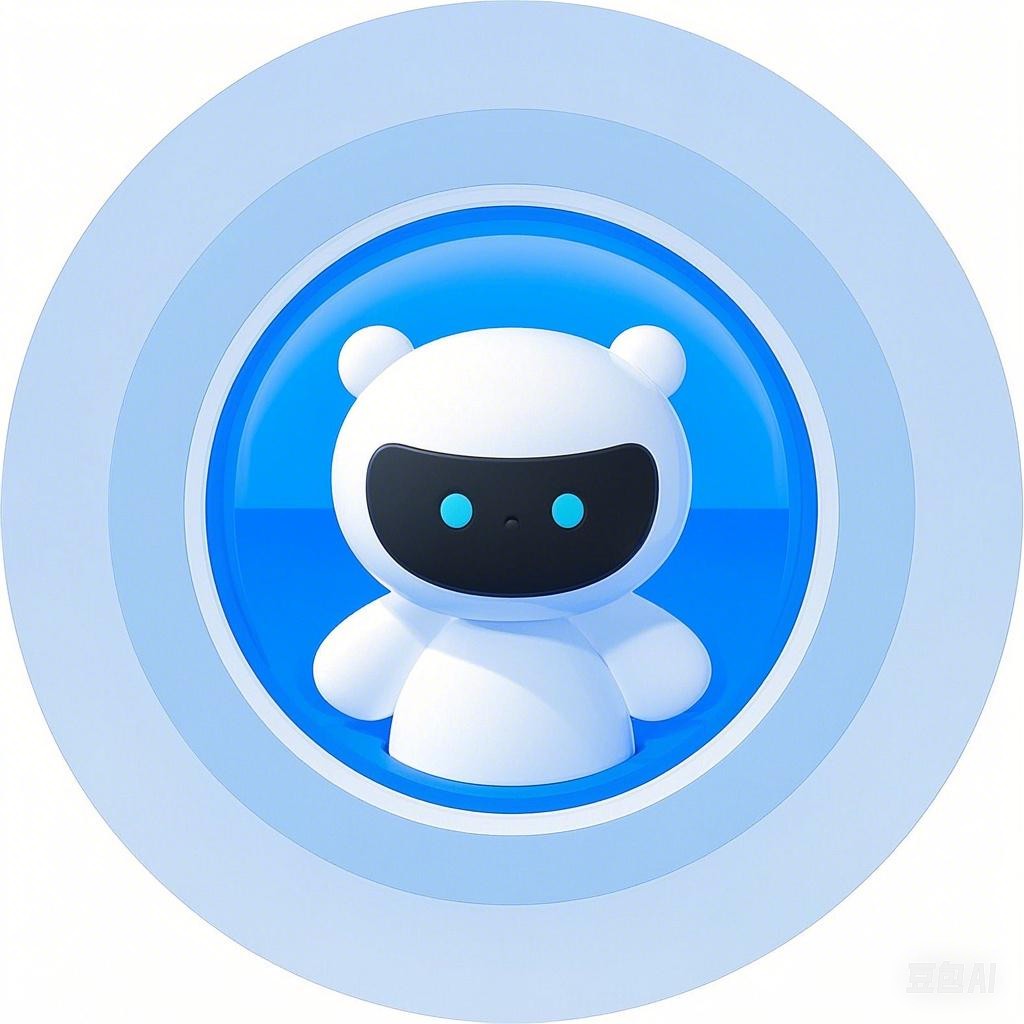在数字时代,内容创作者和品牌都面临着如何吸引并保持粉丝关注度的挑战。通过数据分析,我们可以深入了解粉丝的喜好和行为,从而打造出更受欢迎的爆款内容。以下是如何运用数据分析打造爆款内容的一些建议:
一、了解粉丝画像
1.1 收集基础数据
首先,收集粉丝的基本信息,如年龄、性别、职业、地域等。这些数据有助于我们构建粉丝的整体画像。
# 示例代码:粉丝基础信息统计
fans_data = [
{"age": 25, "gender": "male", "occupation": "student", "region": "Beijing"},
{"age": 32, "gender": "female", "occupation": "engineer", "region": "Shanghai"},
# ...更多粉丝数据
]
# 统计粉丝年龄分布
age_distribution = {}
for fan in fans_data:
age = fan["age"]
if age in age_distribution:
age_distribution[age] += 1
else:
age_distribution[age] = 1
print(age_distribution)
1.2 分析粉丝行为
通过分析粉丝在平台上的行为,如点赞、评论、转发等,我们可以了解他们的兴趣点和互动偏好。
# 示例代码:粉丝行为分析
fan_behavior = [
{"user_id": 1, "like": 5, "comment": 2, "share": 1},
{"user_id": 2, "like": 10, "comment": 0, "share": 3},
# ...更多粉丝行为数据
]
# 分析粉丝互动偏好
interaction_prefer = {}
for behavior in fan_behavior:
user_id = behavior["user_id"]
like = behavior["like"]
comment = behavior["comment"]
share = behavior["share"]
if user_id in interaction_prefer:
interaction_prefer[user_id]["like"] += like
interaction_prefer[user_id]["comment"] += comment
interaction_prefer[user_id]["share"] += share
else:
interaction_prefer[user_id] = {"like": like, "comment": comment, "share": share}
print(interaction_prefer)
二、挖掘热点话题
2.1 跟踪热点事件
利用数据分析工具,实时关注热门话题和事件,以便快速捕捉并参与其中。
# 示例代码:跟踪热点事件
hot_topics = [
{"topic": "世界杯", "relevance": 0.8},
{"topic": "iPhone 12", "relevance": 0.7},
# ...更多热点话题
]
# 按热度排序热点话题
sorted_topics = sorted(hot_topics, key=lambda x: x["relevance"], reverse=True)
print(sorted_topics)
2.2 分析话题趋势
分析粉丝对各个话题的关注度和参与度,找出热门话题和趋势。
# 示例代码:分析话题趋势
topic_trends = {}
for topic in hot_topics:
relevance = topic["relevance"]
if relevance > 0.5:
if topic["topic"] in topic_trends:
topic_trends[topic["topic"]]["relevance"] += relevance
else:
topic_trends[topic["topic"]] = {"relevance": relevance}
sorted_trends = sorted(topic_trends.items(), key=lambda x: x[1]["relevance"], reverse=True)
print(sorted_trends)
三、优化内容策略
3.1 调整内容方向
根据粉丝画像和话题趋势,调整内容方向,以更好地满足粉丝需求。
# 示例代码:调整内容方向
content_directions = {
"topic1": ["分析", "评论", "趋势"],
"topic2": ["教程", "技巧", "案例"],
# ...更多内容方向
}
# 根据粉丝喜好推荐内容
recommended_content = []
for direction, topics in content_directions.items():
for topic in topics:
if topic in sorted_trends:
recommended_content.append(topic)
print(recommended_content)
3.2 优化发布时间
分析粉丝活跃时间,选择合适的发布时间,提高内容的曝光率。
# 示例代码:优化发布时间
fan_active_time = {
"user_id": 1,
"active_time": ["09:00", "12:00", "19:00"],
# ...更多粉丝活跃时间
}
# 分析粉丝活跃时间段
active_time_periods = set()
for active_time in fan_active_time.values():
for time in active_time:
active_time_periods.add(time)
print(active_time_periods)
四、监测与调整
4.1 实时监控
通过数据分析工具,实时监控内容的表现,如阅读量、点赞数、转发量等。
# 示例代码:实时监控内容表现
content_performance = [
{"content_id": 1, "read": 1000, "like": 50, "share": 10},
{"content_id": 2, "read": 500, "like": 30, "share": 5},
# ...更多内容表现数据
]
# 分析内容表现
content_analysis = {}
for performance in content_performance:
content_id = performance["content_id"]
read = performance["read"]
like = performance["like"]
share = performance["share"]
if content_id in content_analysis:
content_analysis[content_id]["read"] += read
content_analysis[content_id]["like"] += like
content_analysis[content_id]["share"] += share
else:
content_analysis[content_id] = {"read": read, "like": like, "share": share}
print(content_analysis)
4.2 调整策略
根据内容表现和粉丝反馈,及时调整内容策略,优化内容质量。
# 示例代码:调整内容策略
# 根据内容表现和粉丝反馈,调整内容策略
# ...
# 示例代码:优化内容质量
# ...
通过以上步骤,我们可以运用数据分析打造出更受欢迎的爆款内容,提高粉丝满意度和品牌知名度。当然,数据分析只是一个工具,关键在于我们如何运用它来满足粉丝需求,实现内容创新和品牌价值。
